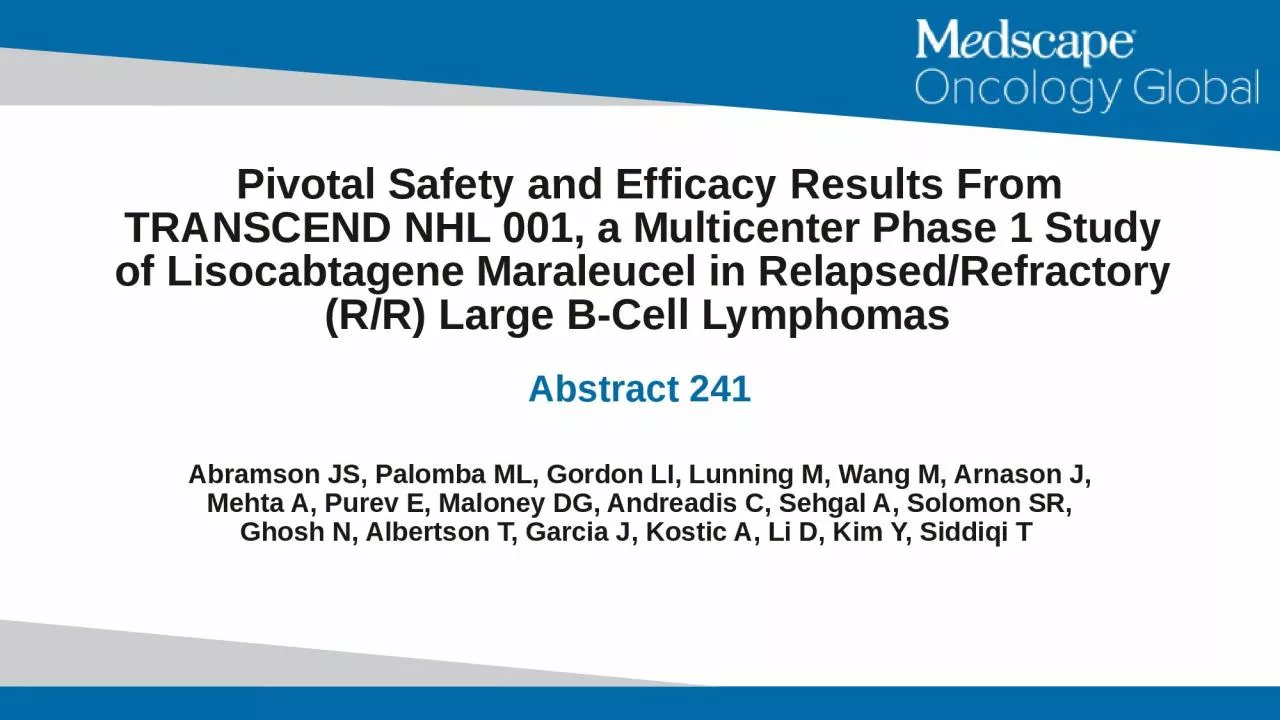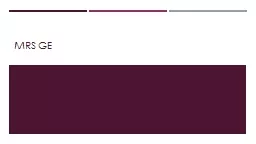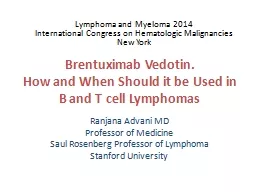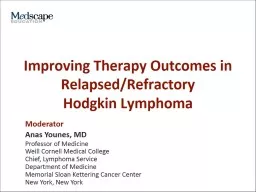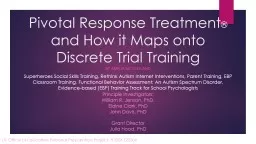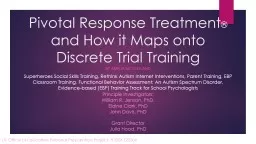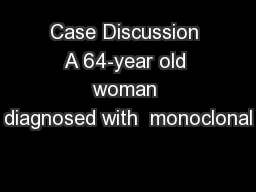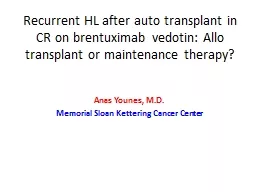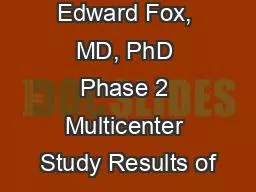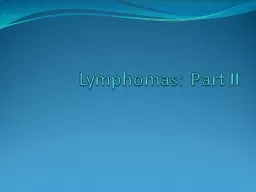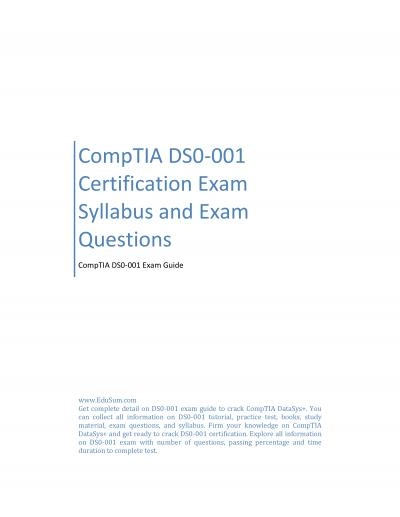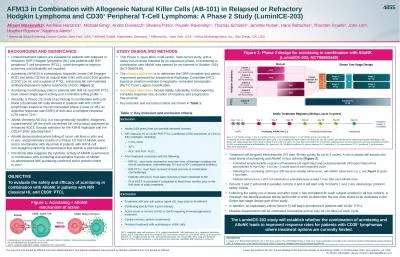PPT-Pivotal Safety and Efficacy Results From TRANSCEND NHL 001, a Multicenter Phase 1 Study
Author : botgreat | Published Date : 2020-08-29
Lisocabtagene Maraleucel in RelapsedRefractory RR Large BCell Lymphomas Abramson JS Palomba ML Gordon LI Lunning M Wang M Arnason J Mehta A Purev E Maloney
Presentation Embed Code
Download Presentation
Download Presentation The PPT/PDF document "Pivotal Safety and Efficacy Results From..." is the property of its rightful owner. Permission is granted to download and print the materials on this website for personal, non-commercial use only, and to display it on your personal computer provided you do not modify the materials and that you retain all copyright notices contained in the materials. By downloading content from our website, you accept the terms of this agreement.
Pivotal Safety and Efficacy Results From TRANSCEND NHL 001, a Multicenter Phase 1 Study: Transcript
Download Rules Of Document
"Pivotal Safety and Efficacy Results From TRANSCEND NHL 001, a Multicenter Phase 1 Study"The content belongs to its owner. You may download and print it for personal use, without modification, and keep all copyright notices. By downloading, you agree to these terms.
Related Documents

